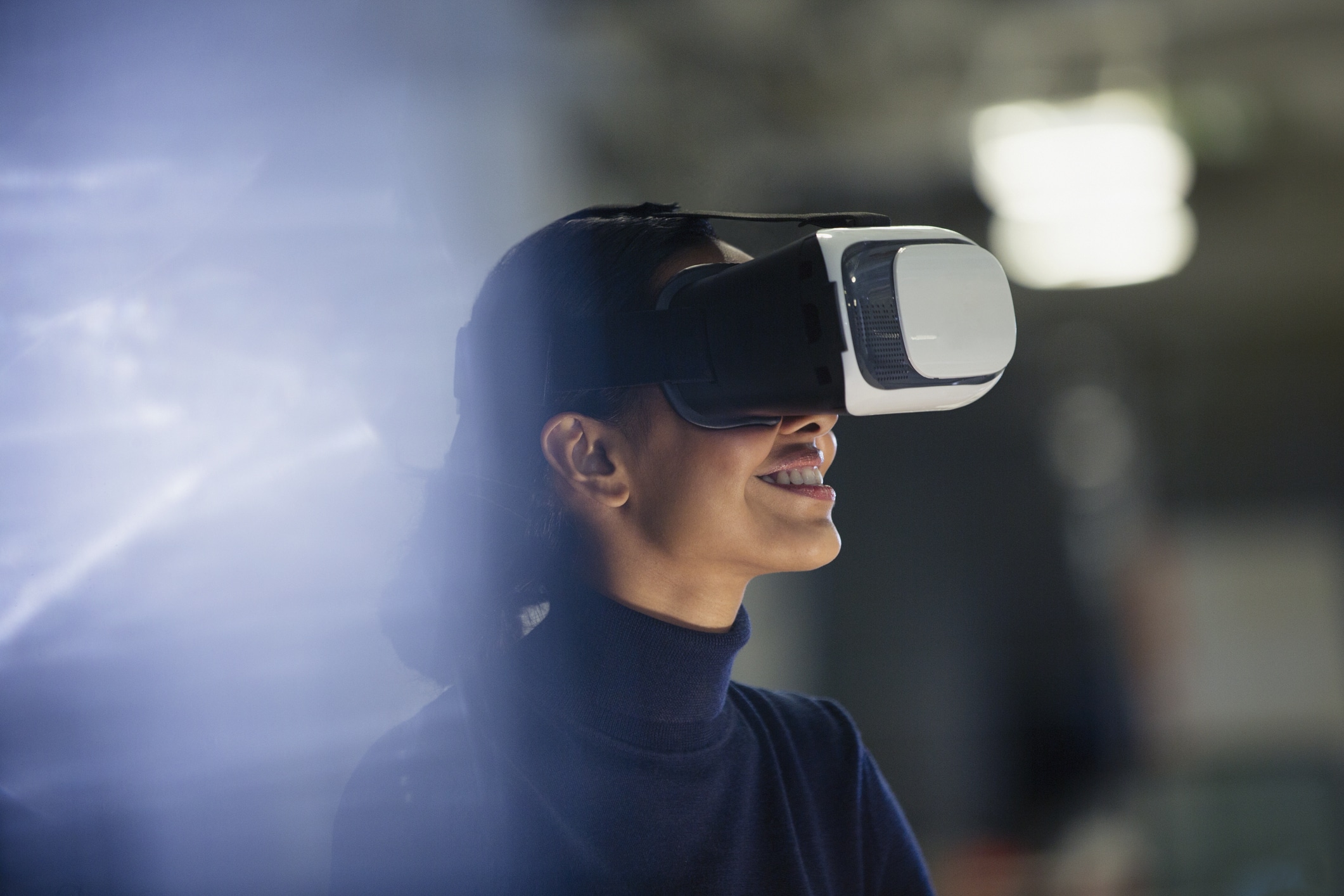Having been profoundly impacted by the pandemic, customers are adopting new behaviors and technologies. Their purchasing decisions are also being influenced by multiple social, political, and environmental considerations that have come to the forefront now. Customer experience platforms is now more important than ever due to this significant shift in customer behavior and expectations. For the first time, we are seeing businesses compete on the experience they provide to customers throughout their journey, rather than just on price. In such a scenario, CX marketing is a vital cog in the process.
What is customer experience marketing?
Customer experience marketing is a strategy used by companies to become customer-focused and drive organizational growth by designing strategies around meeting customer needs. It deals with improving the ways with which customers interact with an organization’s products and services. Thus, CX marketing helps in:
- Enhancing interactions with the customers
- Improving customer satisfaction and loyalty
- Increasing customer base through word-of-mouth marketing
- Increasing organizational revenue
CX marketing uses tools and solutions to precisely gauge what customers want and expect, rather than depending on guesswork. For example, a customer experience platform can tell you what your clients think about your company, while a customer service CRM can give you detailed information to create a 360-degree customer profile. All of these help in creating a pointed marketing strategy that appeals to your target audience
What are the CX marketing trends we will see in 2022?
According to IDC, organizations that successfully convert CX from responsive to predictive and use technology to create sympathetic, personable, compelling, and relevant experiences will have a competitive advantage in 2022. Thus, organizations need to bridge the gap between creative design, human contact, and intelligent data analytics at an extreme scale.
Accordingly, here are some CX marketing trends that will enable enterprises to drive personalization to new levels while keeping customer needs and sensitivities in focus.
- There will be increased deployment of data-driven technologies
Data is now at the center of the customer experience, and businesses are embracing new technologies that allow them to use data better. Adopting these technologies will let firms link systems and reduce silos to establish a common data source that enables more effective customer engagement and corporate growth. This will result in a better level of customer experience maturity and efficient data collection, analysis, and application to allow the entire organization to understand the customers better.
- Hyper-personalization will be key
According to Feefo’s new assessment of 2022 CX trends, hyper-personalized and one-to-one encounters will be more prominent this year. Netflix is a wonderful example of hyper-personalization, with recommended content based on each user’s viewing history, likes, and ratings accounting for 80% of their video options.
By studying the customer’s preferences, feedback, purchase history, recommendations and customer service interactions, organizations can provide products and services that are a perfect fit.
In the end, data will be the key to excellent customer service in 2022 and beyond. However, the key to success is to have a clear plan in place, which includes a data-mining method and a solid analysis technique. As a result, we may anticipate more investment in data purification, integrated data points, and fine-tuned client experiences.
- However, brands will need to balance privacy concerns with personalization attempts
Putting customers at the heart of everything the brand does is more vital than ever. Therefore, there will be an increased thrust on prioritizing privacy and being upfront with customers about how this data will be utilized to deliver a more personalized experience are examples of this. Accordingly, Marketers must focus on obtaining rich first-party data that will improve the brand experience for customers, rather than relying on third-party data. This ensures that companies invest in customers’ loyalty rather than throwing money at buying access to clients through other channels.
- Human-to-human interactions will remain crucial
Multiple studies and surveys have shown that customers want to talk to a human being, therefore contact centers must focus on agent preparedness in 2022. While chatbots have replaced some basic interactions to increase service, efficiency, and costs, the true customer experience will be found in human-to-human interactions. A game-changer will be technologies that improve human engagement in customer encounters and build trust through real-time prompts.
Technologies that will be at the heart of CX marketing trends
All of the above predictions point to a common factor- technology. The pandemic drove marketers to experiment with new tools and solutions they would not have considered otherwise, ranging from simple video conferencing to chatbots. Choosing the right marketing technology to help generate a better customer experience can be difficult for many organizations. Here are a few of the most effective marketing tools that will help you elevate your consumer experience:
- Customer Service CRM and CX platform- When customers interact with an organization, they consider it as one standalone entity and not as multiple departments divided into sales, marketing, design, etc. Therefore, to provide the best customer experience, organizations should limit internal departmental silos and allow the free flow of information. This is where Customer Service CRM and CX platforms come into play.These systems allow organizations to view all the customer information in one place and provide real-time information to make strategic decisions. This enables the improvement of the omnichannel experience by unifying all customer experiences in central locations. The growing popularity of these tools is a testament to their usefulness. For example, the CX platform market stood at USD 7.7 billion in 2021 and is expected to reach USD 18.9 billion during the 2022-2028 period, growing at a CAGR of 13.9 percent.

- Connected Enterprise- A connected enterprise monitors IT equipment and links them to all key hubs in an organization, providing real-time data for gaining insights and predictive analytics. As per research, the globally connected enterprise market stood at USD 267.7 billion in 2020 and is expected to reach USD 3167.6 billion by 2030. This growth is driven by the increasing requirement for automation and cloud computing among various industries.
- Internet of Things and Artificial Intelligence- These technologies will be used more going forward as they help increase an organization’s efficiency and effectiveness while interacting with customers. Their use is expected to be most seen in departments such as customer service, CRM, marketing, sales, product design, and support.
- Metaverse- This is a recent term that is catching up in all customer experience circles. It mainly deals with a digital environment where customers can interact, connect and collaborate using avatars. While the Metaverse can be used to gain better insights into customer preferences and provide a more personalized service, it is held back by the lack of a user-friendly interface and limited accessibility for only niche/large-scale companies. However, if these issues are resolved, this could become a game-changer in the way companies interact with their customers. The most recognizable push for the Metaverse came from Facebook, which changed its name to Meta Platforms Inc. or ‘Meta’ and indicated its interest in developing the metaverse technology.
- Wearables- Devices such as fitness trackers and smartwatches have gained a lot of interest. Sample this: Over 50 percent of the consumers surveyed for a study stated that they may start using or increase their usage of wearable devices by 2025. 78 percent said that they would be using their wearable device to control other devices.
- Companies can use the valuable data provided by these devices through the embedded IoT sensors (with the customers’ consent, of course). This will help improve the customer experience by dispersing relevant feedback and real-time information to all stakeholders.
- Virtual Reality (VR) and Augmented Reality (AR)- Even though AR and VR are often employed in gaming and entertainment, there is now a concerted effort to incorporate these developing technologies in major industries. Businesses are also starting to see the value of VR and AR in improving their CX. As technology advances and gear (headsets, consoles, etc.) becomes more accessible, businesses will be able to add new aspects to their environments for a fraction of the expense of brick and mortar. In fact, according to surveys, 84 percent of stakeholders believe VR will overtake in-store CX activities in the next five years.

- Chatbots and smart assistants– From a hands-free way of providing recommendations to customers to ensuring quick responses to customer queries, chatbots and smart assistants play an essential role in CX in a modern organization.

The Final Word
Marketers must keep on top of CX trends in 2022 and beyond to exceed client expectations. Whether using data to give a genuinely personalized experience, exhibiting authenticity, or creating micro-moments with the correct content at the right time, putting the customer experience at the center of a marketing and communications strategy should be their focus for 2022.
Through SAP’s customer experience and CRM solutions, organizations can strengthen and scale their businesses by making use of opportunities to identify, retain and attract customers. With solutions relating to e-Commerce, sales, service and marketing, SAP can help brands provide the smooth, unified customer experience that the consumer of today demands.



